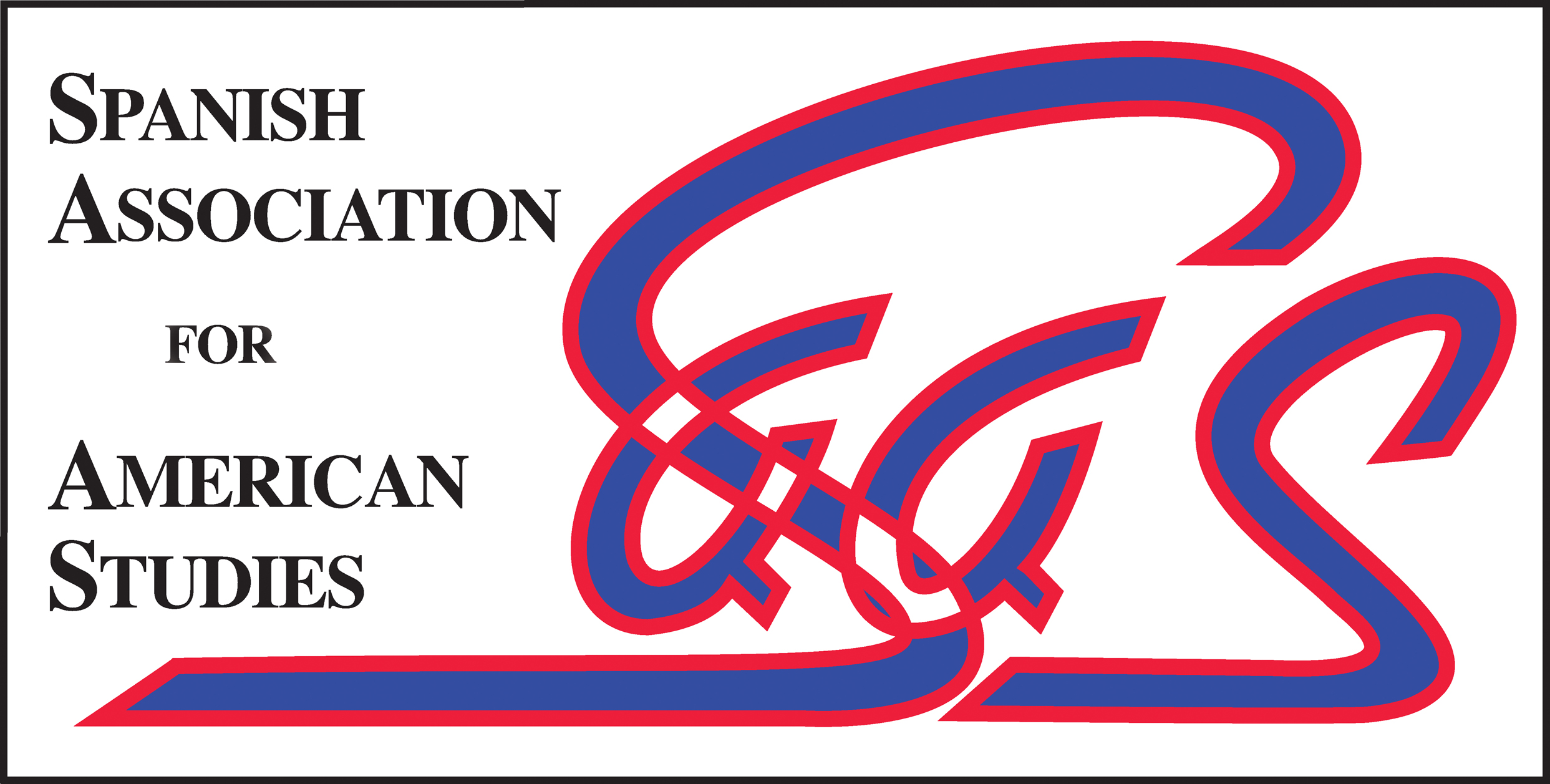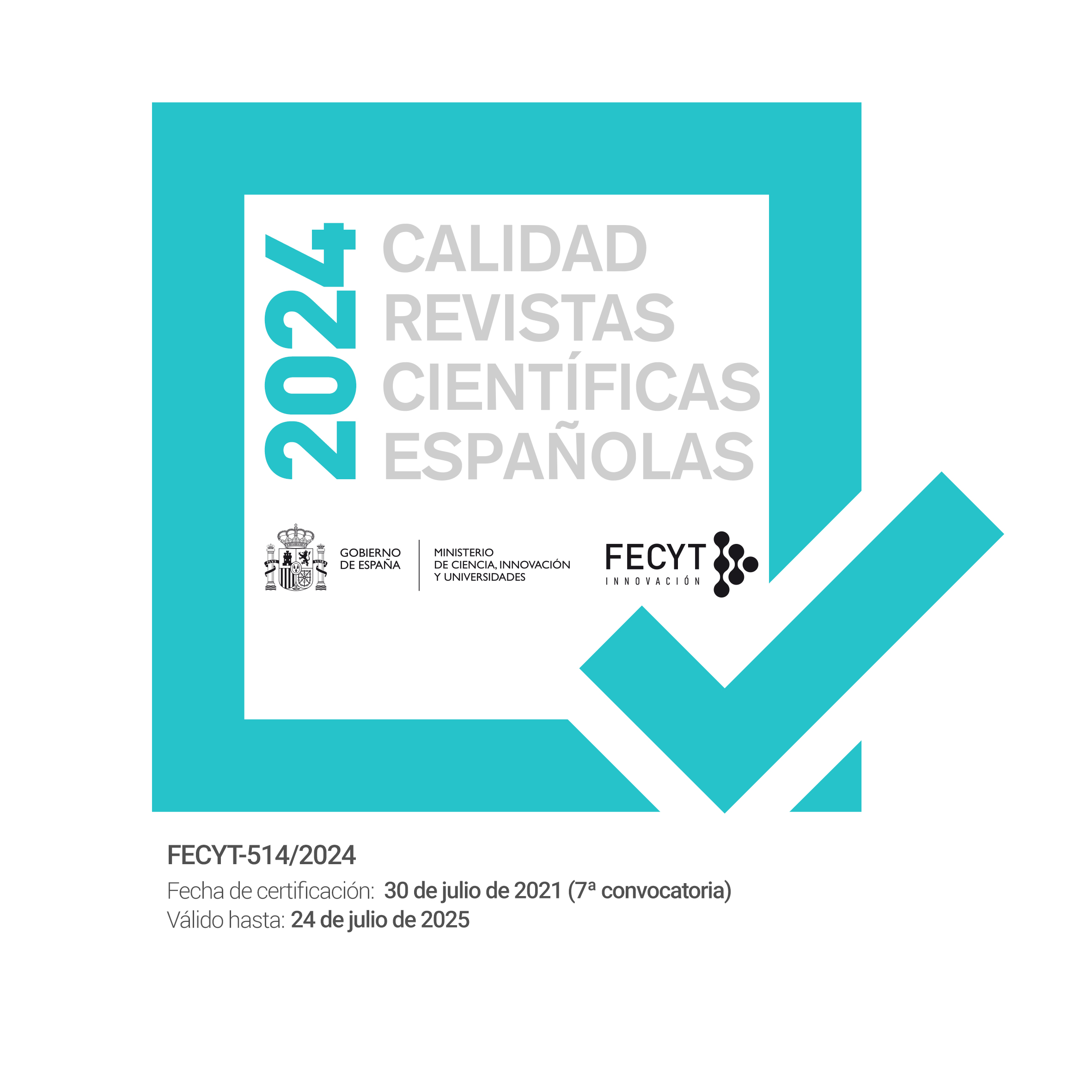Translating African-American Neo-Slave Narratives: Black English in The Good Lord Bird and The Underground Railroad
Abstract
This paper studies how two recent neo-slave narratives have been translated into Spanish: The Good Lord Bird, by James McBride, and The Underground Railroad, by Colson Whitehead. Since they were both published simultaneously in Spain in September 2017, special attention is paid to the strategies used to render Black English, which marks slaves’ otherness, in the target polysystem. An overview of the origin, rise, and evolution of neo-slave narratives precedes the features of African-American Vernacular English portrayed in the novels that belong to this sub-genre. After some insights into the issue of translating literary dialect, the risks it entails, and the different strategies that can be used, the Spanish versions of McBride’s and Whitehead’s works are analyzed accordingly and contrasted.Downloads
References
ÁLVAREZ FLÓREZ, J. M. and Ángela Pérez. La conjura de los necios. Anagrama, 1999.
BELL, Bernard W. The Afro-American Novel and Its Tradition. University of Massachusetts Press, 1987.
BENITO, Jesús, and Ana María Manzanas. La interesante narración de Olaudah Equiano, o Gustavus Vassa, el africano, escrita por sí mismo. (Capítulo II). Texto bilingüe. Universidad de León, 1994.
BROCKES, Emma. “Colson Whitehead: ‘To deal with this subject with the gravity it deserved was scary.’” The Guardian, 7 July 2017, https://www.theguardian.com/books/2017/jul/07/colson-whitehead-underground-railroad. Accessed 19 July 2019.
BUTTERFIELD, Stephen T. “The Use of Language in the Slave Narrative.” Negro American Literary Forum, vol. 6, no. 3, 1972, pp. 72-78.
CALVO, Javier. El fantasma en el libro. Seix Barral, 2016.
CONNOR, Kimberley Rae. “To Disembark: The Slave Narrative Tradition.” African American Review, vol. 30, no. 1, 1996, pp. 35-57.
DEPARDIEU, Benoît. “Her/His-(s)tory: Confronting the ‘shackles’ of the African-American Urtext: Walker, Gaines, Reed Re-write the Slave Narrative.” Revisiting Slave Narratives I: Les avatars contemporains des récits d’esclaves, edited by Judith Misrahi-Barak, Presses Universitaires de la Méditerranée, 2016, pp. 123-48.
DREISINGER, Baz. “Marching On: James McBride’s ‘Good Lord Bird.’” The New York Times, 15 August 2013, https://www.nytimes.com/2013/08/18/books/review/james-mcbrides-good-lord-bird.html. Accessed 19 July 2019.
DUBEY, Madhu. “Neo-Slave Narratives.” A Companion to African American Literature, edited by Gene Andrew Jarrett. Wiley-Blackwell, 2010, pp. 332-346.
FEITH, Michel. “Tracking the Slave Narrative in Colson Whitehead’s The Underground Railroad (2016).” Revue française d’études américaines, vol. 4, no. 157, 2018, pp. 146-60.
FUENTE, Ana María de la. El color púrpura. RBA, 1995.
GOULD, Philip. “The Rise, Development, and Circulation of the Slave Narrative.” The Cambridge Companion to the African American Slave Narrative, edited by Audrey A. Fisch. Cambridge UP, 2007, pp. 11-27.
GREEN, Lisa J. African American English: A Linguistic Introduction. Cambridge UP, 2002.
HATIM, Basil, and Ian Mason. Discourse and the Translator. Longman, 1997.
LAPPIN-FORTIN, Kerry. “Traduire le Black English (‘C’est comme ça des fois.’).” Meta, vol. 61, no. 2, 2016, pp. 459-78.
MÄÄTTÄ, Simo K. “Dialect and point of view: The ideology of translation in The Sound and the Fury in French.” Target, vol. 16, no. 2, 2004, pp. 319-339.
MARTÍN GUTIÉRREZ, Félix. Literatura de los Estados Unidos: Una lectura crítica. Alianza, 2003.
MCBRIDE, James. The Good Lord Bird. Riverhead Books, 2013.
MINNICK, Lisa. Dialect and Dichotomy: Literary Representations of African American Speech. The University of Alabama Press, 2004.
MISRAHI-BARAK, Judith. Revisiting Slave Narratives I: Les avatars contemporains des récits d’esclaves. Presses Universitaires de la Méditerranée, 2016.
MORRISON, Toni. “The Site of Memory.” Inventing the Truth: The Art and Craft of Memoir, edited by William Zinsser, Houghton Mifflin, 1995, pp. 83-102.
MUFWENE, Salikoko S. “African-American English.” The Cambridge History of the English Language. English in North America, edited by John Algeo, 1st ed., vol. 6, Cambridge UP, 2001, pp. 291-324.
NARANJO SÁNCHEZ, Beatriz. “Translating Blackness in Spanish Dubbing.” Revista Española de Lingüística Aplicada, vol. 28, no. 2, 2015, pp. 416-441.
RICA PERMINGO, Juan Pedro, and Jorge Braga Riera. Herramientas y técnicas para la traducción inglés-español: los textos literarios. Escolar y Mayo Editores, 2015.
RICKFORD, John Russell, and Russell John Rickford. Spoken Soul: The Story of Black English. John Wiley and Sons, 2009.
RING, Betty J. “‘Painting by Numbers,’ Figuring Frederick Douglass.” The Discourse of Slavery: Aphra Behn to Toni Morrison, edited by Carl Plasa et al., Routledge, 1994, pp. 118-143.
RODRÍGUEZ HERRERA, José Manuel. “The Reverse Side of Mark Twain’s Brocade: The Adventures of Huckleberry Finn and the Translation of Dialect.” European Journal of English Studies, vol. 18, no. 3, 2014, pp. 278-94.
RODRÍGUEZ JUIZ, Cruz. El ferrocarril subterráneo. Random House, 2017.
ROSA, Alexandra Assis. “Translating Place: Linguistic Variation in Translation.” Word and Text: A Journal of Literary Studies and Linguistics, vol. 2, no. 2, 2012, pp. 75-97.
RUSHDY, Ashraf H. A. Neo-Slave Narratives: Studies in the Social Logic of a Literary Form. Oxford UP, 1999.
SANZ JIMÉNEZ, Miguel. El pájaro carpintero. Hoja de Lata, 2017.
SIMON, Scott. “‘Good Lord Bird’ Gives Abolitionist Heroes Novel Treatment.” National Public Radio, 17 August 2013, https://www.npr.org/2013/08/17/212588754/good-lord-bird-gives-abolitionist-heroes-novel-treatment?t=1563545105897. Accessed 19 July 2019.
SMITH, Valerie. “Neo-slave narratives.” The Cambridge Companion to the African American Slave Narrative, edited by Audrey A. Fisch, Cambridge UP, 2007, pp. 168-85.
TELLO FONS, Isabel. “Traducción de la variación lingüística: Una visión diacrónica.” Hikma, vol. 11, 2012, pp. 133-59.
TOOLE, John Kennedy. A Confederacy of Dunces. Groove Press, 2007.
TOURY, Gideon. “A Rationale for Descriptive Translation Studies.” The Manipulation of Literature, edited by Theo Hermans, Croom Helm, 1985, pp. 16-41.
VÁSQUEZ, Juan Gabriel. “In Colson Whitehead’s latest, the Underground Railroad is more than a metaphor.” The New York Times, 5 August 2016, https://www.nytimes.com/2016/08/14/books/review/colson-whitehead-underground-railroad.html. Accessed 19 July 2019.
WALKER, Alice. The Color Purple. Pocket Books, 1985.
WEINSTEIN, Cindy. “The Slave Narrative and Sentimental Literature.” The Cambridge Companion to the African American Slave Narrative, edited by Audrey A. Fisch, Cambridge UP, 2007, pp. 115-134.
WHITEHEAD, Colson. The Underground Railroad. Fleet, 2016.
WOLFRAM, Walt. “The Relationship of White Southern Speech to Vernacular Black English.” Language, vol. 50, no. 3, 1974, pp. 498-527.
ZANGER, Jules. “Literary Dialect and Social Change.” Midcontinent American Studies Journal, vol. 7, no. 2, 1966, pp. 40-48.















